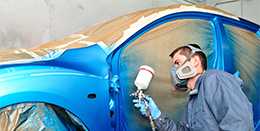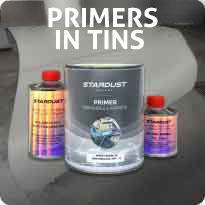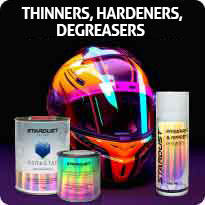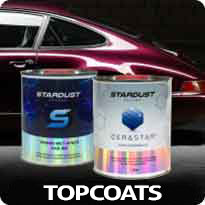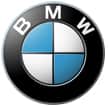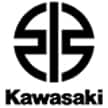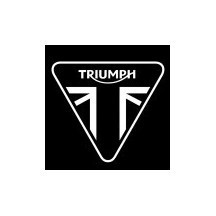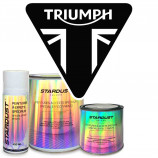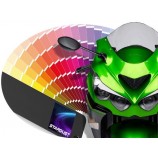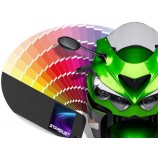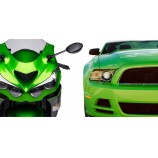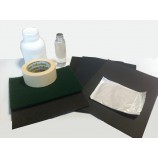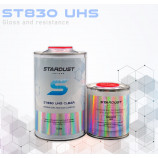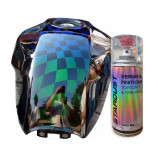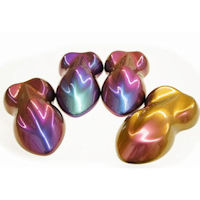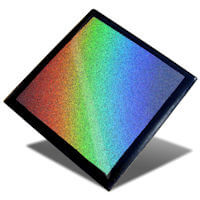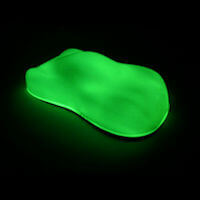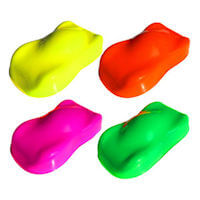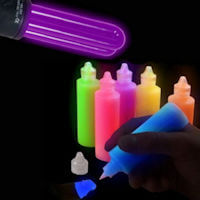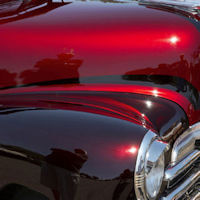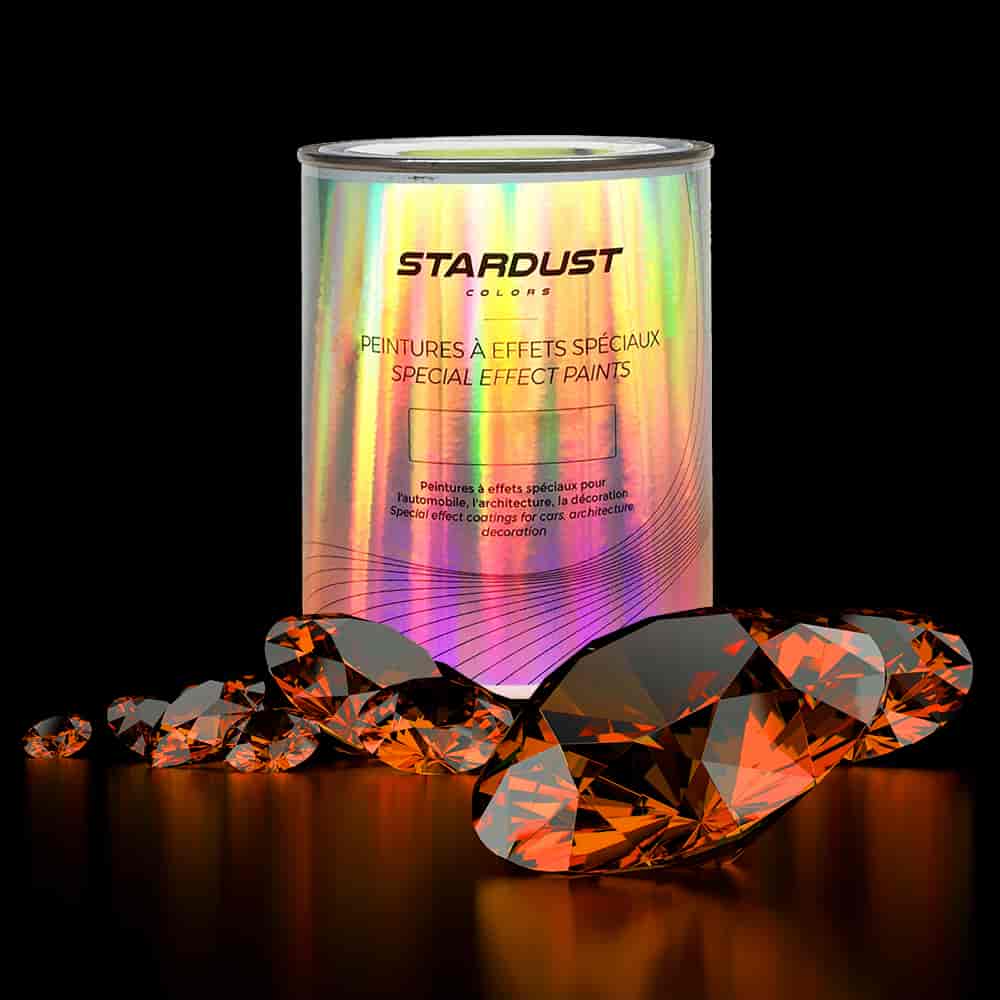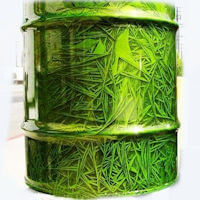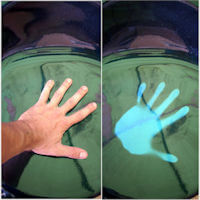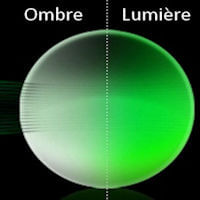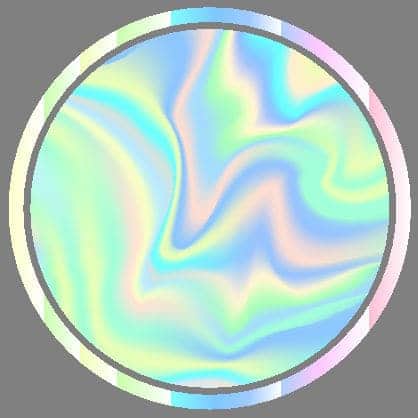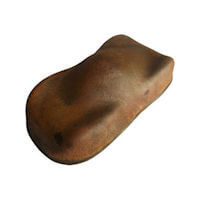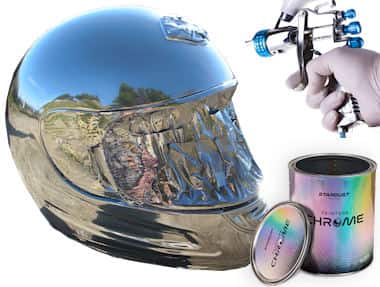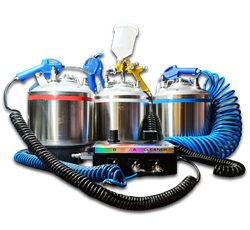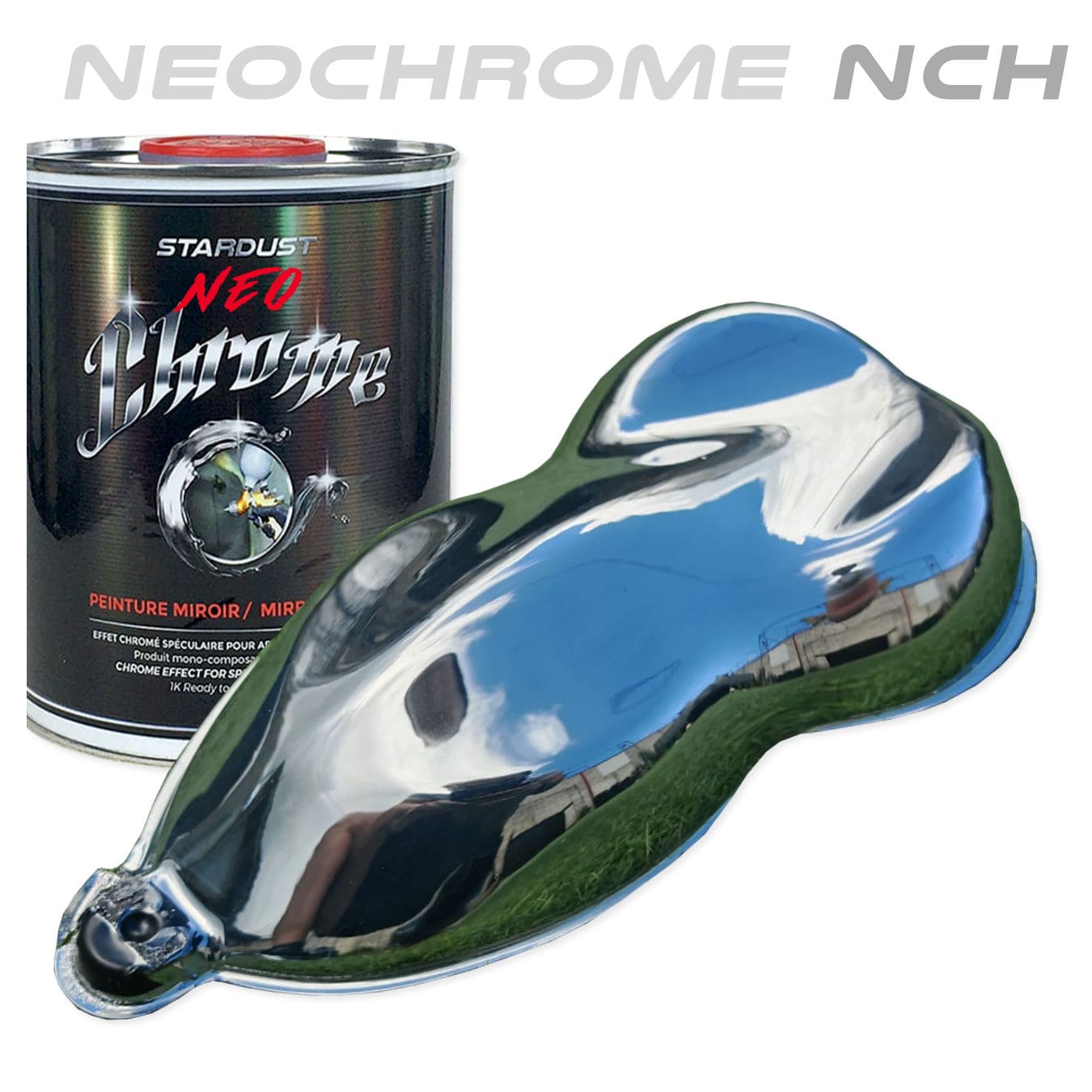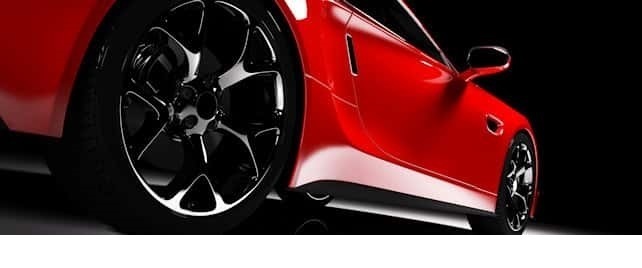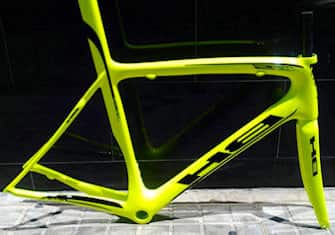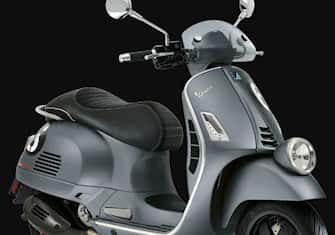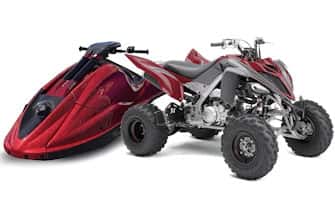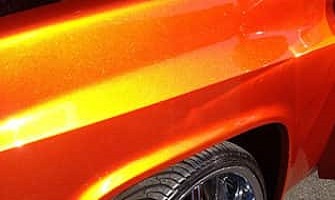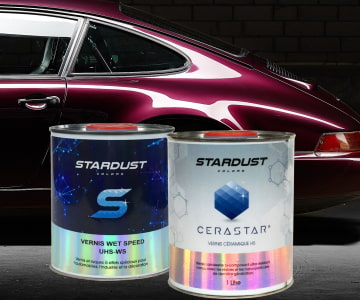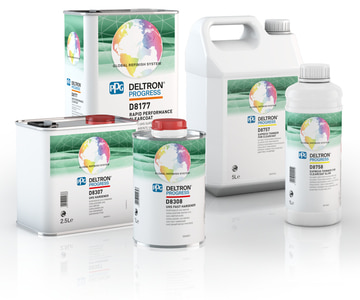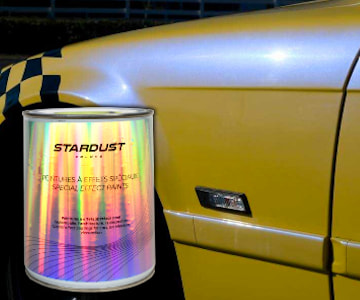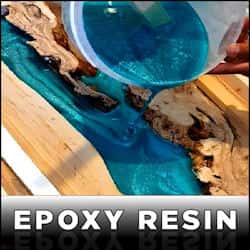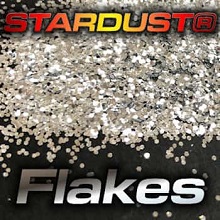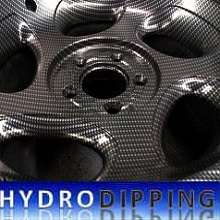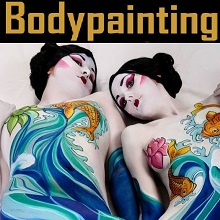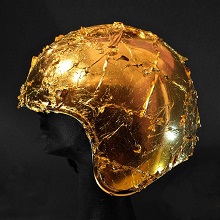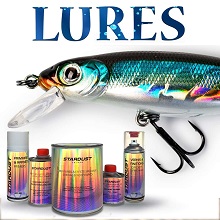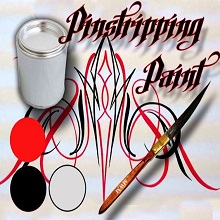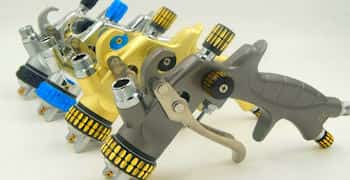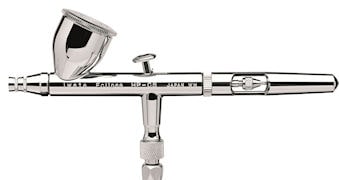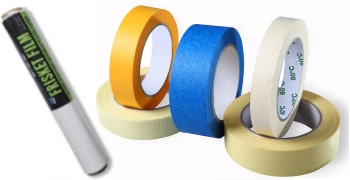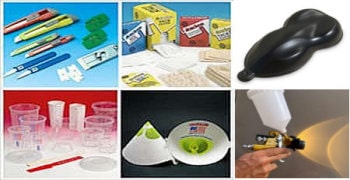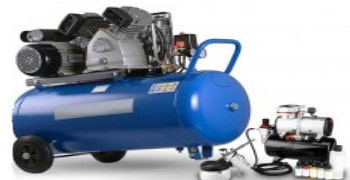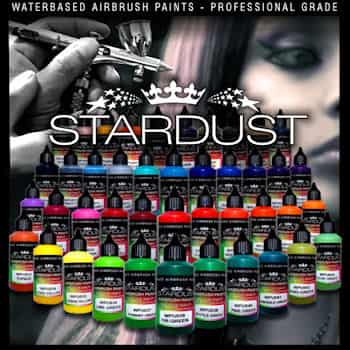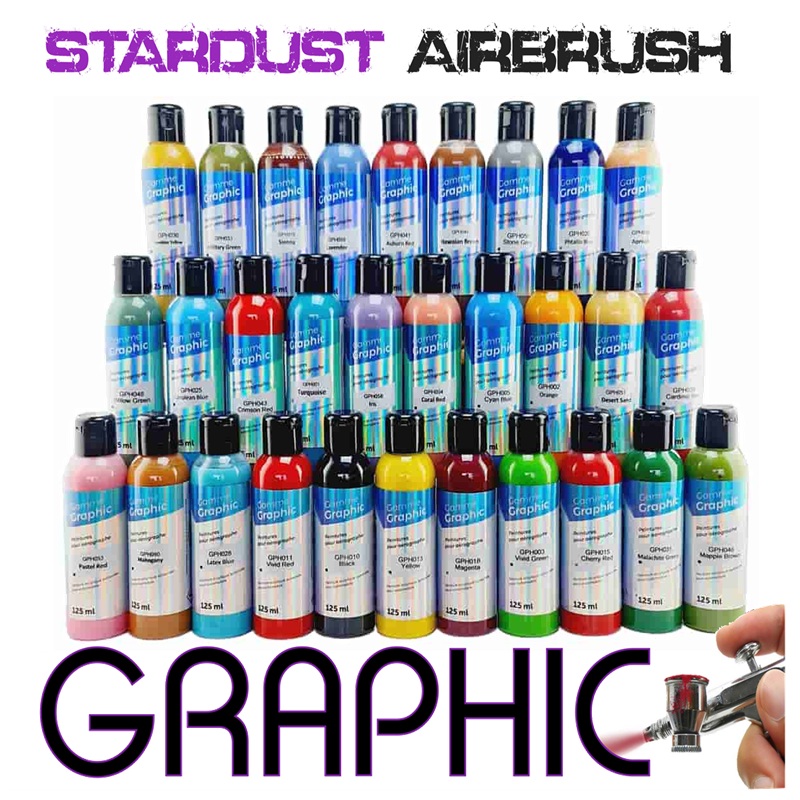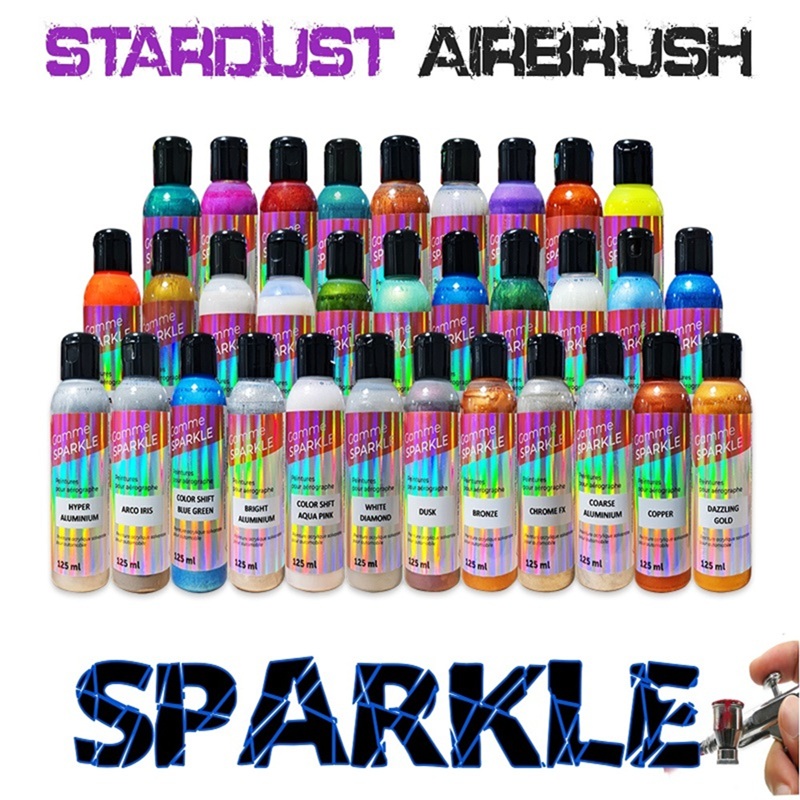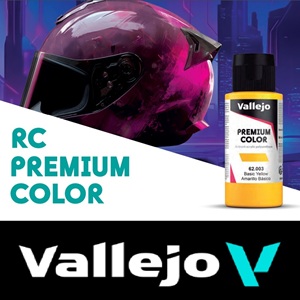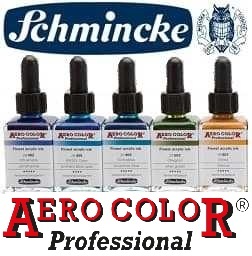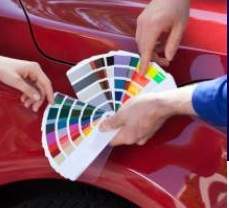In addition to special effect paints, we specialise in the preparation of paints for bodywork, and we offer the service of formulating paints made exactly according to the colour codes of European motorcycles — in particular the colour codes of Triumph motorcycles.
Our team of colourists prepares all Triumph manufacturer colours and ships them within 24 hours in France and within 48–72 hours in Europe.
The ordering process is made easier thanks to our product page “Triumph 1K basecoat version”, which you will find below in the category. You must indicate the Triumph colour code in the box provided on the basket page, or send it to us by email at orders@stardustcolors.com.
On this page, you simply need to select one of the packaging options, which range from 400 ml aerosols to paint cans from 0.25 L ready to use, up to 1- and 2-litre kits (with pure paint and separate thinner).
Depending on your project — whether it is a small touch-up on a part like a mudguard, or a full respray of the entire fairing — you will need between 250 ml and 1 litre. For some very large motorcycles with panniers and windscreens, it may be necessary to order a higher quantity.
You will also need a primer, which could, though rarely, be an adhesion primer, and more frequently a filling primer (primer*). In all cases, you will need a motorcycle clearcoat. We offer these clearcoats in cans and in aerosols, always in a two-component polyurethane version.
Triumph motorcycle colour codes
Nowadays, solid and opaque paints — common from the 1960s to the 2000s — are increasingly rare. This type of paint could be produced as 2K paint (also known as “direct gloss”), but since the 2000s, such simple colours have become less common. Today, almost all motorcycle colours are pearlescent or metallic 1K basecoats.
The difference between pearlescent and metallic paint comes from the type of pigments used — either pearlescent or aluminium pigments. Owing to the exceptional qualities of pearlescent pigments, far superior to those of aluminium pigments (which are duller and more opaque), most paints — even those labelled “metallic” and marked “MET” in the reference — are actually pearlescent paints. These offer greater transparency and enhanced brilliance.
Modern shades are not applied in a single glossy coat, but in several thin coats. Most Triumph paints are therefore 1K basecoats, which must be clearcoated. They are also referred to as “two-coat” paints, because they are applied in two stages: first the basecoat, then the clearcoat.
Depending on the Triumph colour code, a specific undercoat may be necessary. This primer may be a grey primer tinted to a precise RAL shade (consult our colourist for details) or, in some cases, a special coloured undercoat. In the latter case, it is not a two-coat system but a three-coat paint, which will give a richer shade in depth and iridescent effect.
The history of the Triumph manufacturer
Triumph was originally a German company, which later became English following its founder’s move from Germany to England. The founder, only 20 years old at the time, had created his own company in 1884 for the sale of bicycles.
Initially named “Bettmann” after its German founder, the company took the name Triumph in 1886. That year, it benefited from a partnership with the Dunlop company, which was making tyres at the time. Two years later, the founder brought in a new partner, whose influence was decisive in transforming the company from a retailer into a manufacturer.
With financial help from their families, the two young partners bought a small factory and began manufacturing their first Triumph bicycle in 1889. By 1896, they had opened a second factory in Nuremberg, Germany, following great success.
In 1898, they added an engine to a bicycle, marking the real beginning of Triumph motorcycle production. In 1904, the brand launched its first motorcycles with a distinctive and innovative design, making Triumph famous.
In 1907, a large factory was inaugurated with the capacity to produce several thousand mopeds and motorcycles per year. The company’s success surged during the First World War, when it supplied the British and American armies with an order for 30,000 motorcycles. Triumph machines became renowned as “Trusty Triumphs” — dependable and reliable.
By the 1920s, Triumph was one of Britain’s leading motorcycle and car manufacturers, with nearly 4.6 hectares of manufacturing space in its main plant and an annual production of 30,000 motorcycles.
Unfortunately, during the Second World War, the main factory suffered heavy bombardment and was almost completely destroyed. In the post-war years, Triumph focused on speed racing and international Grand Prix events. Today, Triumph is the only surviving motorcycle manufacturer in England.
Where to find the colour code of your Triumph motorcycle ?
The manufacturer’s colour reference for Triumph motorcycles can be found in the motorcycle’s purchase booklet. If you do not have it, you will need to research further:
First, contact your local dealer, who should normally be able to provide the name and code of your shade.
If that fails, you can try discussion forums dedicated to the Triumph brand. These online communities share a wealth of information from users worldwide, and you may find details for your motorcycle, even if it is decades old.
You can contact our team by email or phone to validate a colour code you already have. However, we cannot perform the search for you, as a single code is not tied to a specific model or year of Triumph motorcycles. It is therefore impossible to search by model alone, and for a single colour there may be many code variants.
The iconic colours of Triumph motorcycles
Triumph is one of the oldest motorcycle brands, with some colour references dating back over 80 years. There are no officially recognised iconic shades, but we have an extensive list of colour codes for this English brand, spanning several decades.
As with all other motorcycle brands, a manufacturer’s colour designation includes two elements: the colour code and the colour name. Secondary information alone is not sufficient to identify a specific shade.
Here are some examples from our database :
18 BLUE NEON SPEED TRIPLE TRIUMPH MOTORCYCLES 2001 -
19 BLUE TRIUMPH MOTORCYCLES
19 NEW WHITE TRIUMPH MOTORCYCLES 1966 - 1967
19 BLUE TRIUMPH MOTORCYCLES 2002
CL CARDINAL RED TRIUMPH MOTORCYCLES 1997 -
CL FIRST COAT TRIUMPH MOTORCYCLES 1997 -
CM TORNADO RED TRIUMPH MOTORCYCLES 1998 -
CP SUNSET RED TRIUMPH MOTORCYCLES
CQ NUCLEAR RED TRIUMPH MOTORCYCLES 2000
Peugeot motorcycle colour code
Husqvarna motorcycle colour code
SACHS motorcycle colour code
BMW motorcycle colour code
KTM motorcycle colour code
MBK motorcycle colour code







